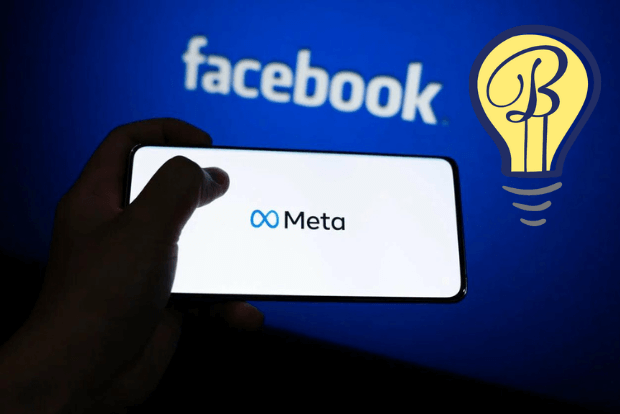Brand Management Explained
We were at a discount close out store the other day, when I discovered that they had a graphics novel section. I had been told to wait by the bathroom, but the round black, red, and white little Deadpool logo on a large book kept calling me over, until I was knee deep in discounted comics feeling the tingle I get before I am about to buy something fun.
Clutching my Deadpool minibus made me happy, even when my wife yelled at me for wondering off.
We wondered around together through the store, which was a collection of all kinds of discounted household items. They had signs up with a cartoon character that looked like Eisenstein’s retail cousin, saying things like “The place may be a mess, but the oh the bargains.”
We were looking at a rack of pants. Okay, she was looking at pants, and I was reading the back of my new book. It took a moment of her looking before she said, “The size on the hangers don’t match any of the pants. I have to look at each stupid label?” She managed to grab a store employee that was scurrying across the floor like a rat trying escape the light. ”Excuse me. None of these hangers match the labels,” she said. The man looked at her, his face hard to read behind his mask. “That’s what you get here,” he said before running off into a back room, quickly closing the door behind.
We didn’t buy any pants, but the book will be digested over several days of reading.
You may not have realized this was a story of brand management, because brands have been part of our society, since we thought society was a good idea.
A brand is a symbol, name, or feature that represents one organization and differentiates it from another.
Marvel weaves brands into everything they do. Deadpool’s brand includes a logo that artists use to fill spaces in their books. It is easy to see and is easily memorable. In a stack of books, it stands out. I can guess what kind of story and what the art will look like based on that logo alone.
The retail Eisenstein store’s brand is “that’s what you get here.” It’s for people willing to sift through a dumpster to find a bargain.
So what does brand management do for small business?
Your brand is the public face of your company. Not managing your brand is like not brushing your hair and putting pants on before going out. It’s going to have an effect on the way the public remembers you.
Much like a comic book character, people tend to treat brands like actual people, rather than fictional constructs. Brands are associated with emotional values, such as trustworthiness and more physical values, such as durability. Your company’s brand is the face of your company.
Our job as Digital Marketers is to provide communication between your brand and the general public. This starts with research. Who is your brand? What values do you associate with your brand? Is your brand a Capricorn or a Libra?
How does the public see your brand? This requires an honest look at your product or service, employees, sales process, customer service, and advertising. All of these qualities come together to form an overall perception of your brand.
Once we know what your brand is and what you would like it to be, we can start communicating that to the public using all the tools and methods we use as digital marketers.









